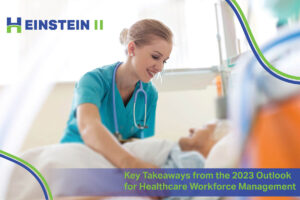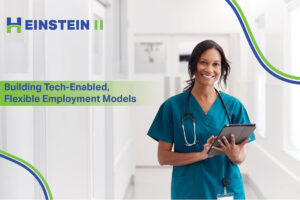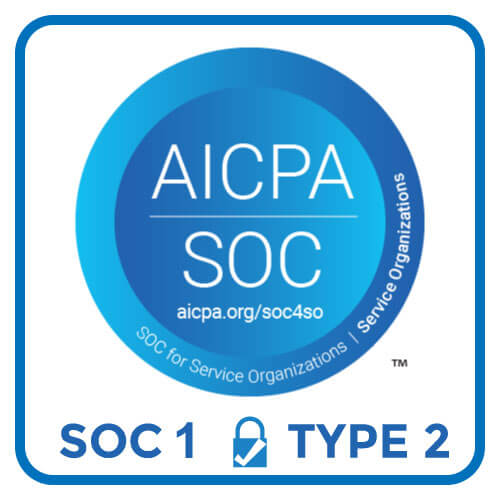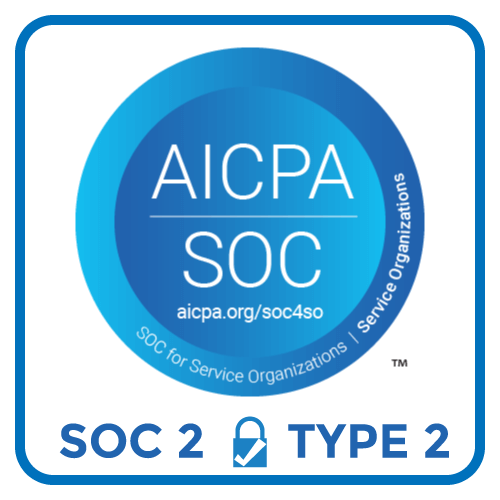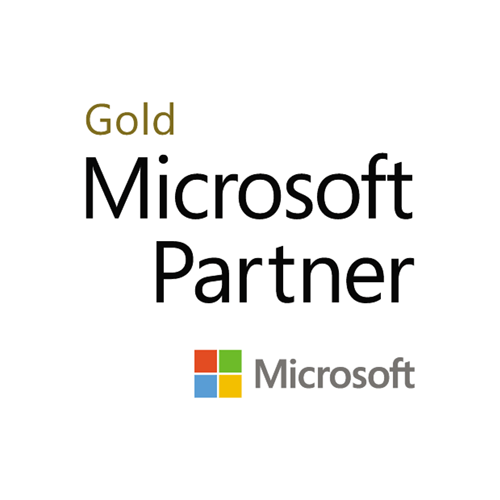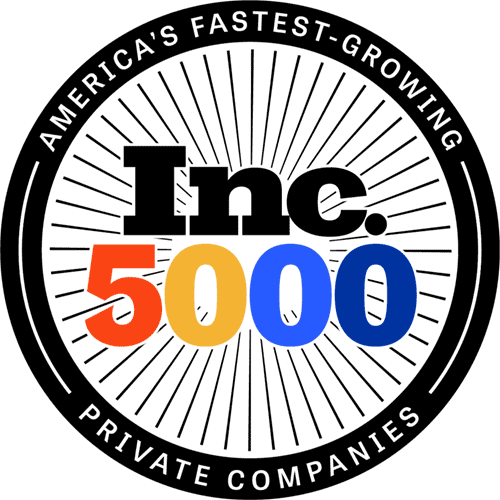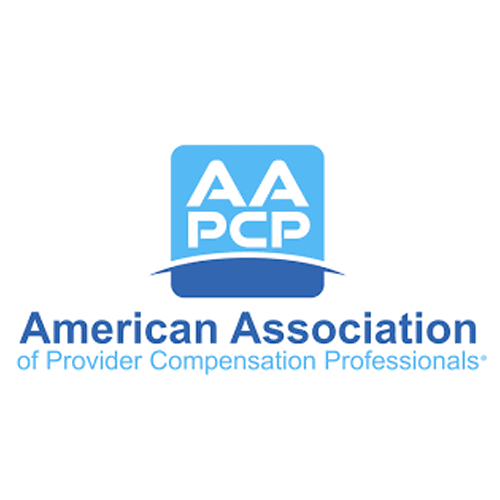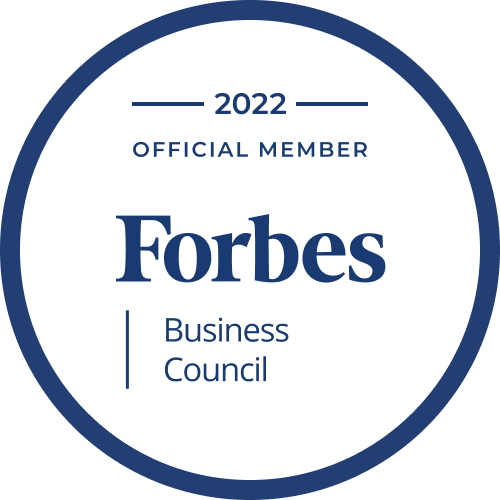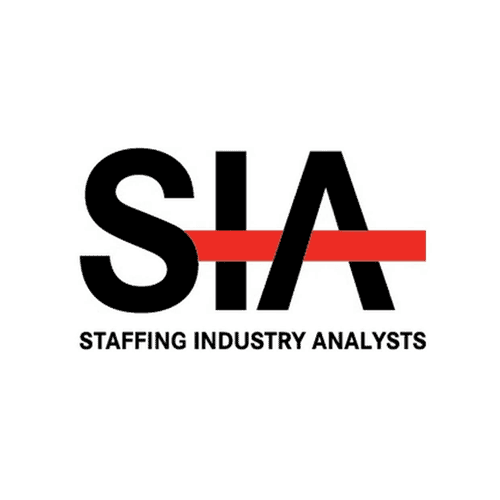If hospitals and health systems want to be able to attract, engage, and deploy contract clinical resources quickly and effectively, they need a foundational tool: a vendor management system (VMS) that can handle this process.
Hospitals aren’t tech companies, however. Deploying a technology like this can seem intimidating, but it doesn’t have to be. With the right platform, organizations can easily insource this function and build a viable and reliable vendor management process that works according to their requirements while providing access to a plentiful supply of good quality candidates.
But not all VMS platforms are created equal. They can’t all facilitate the same degree of success. An effective VMS rests on the presence of key features, functionality and qualities. Here are five important success factors to look for when evaluating and selecting a VMS.
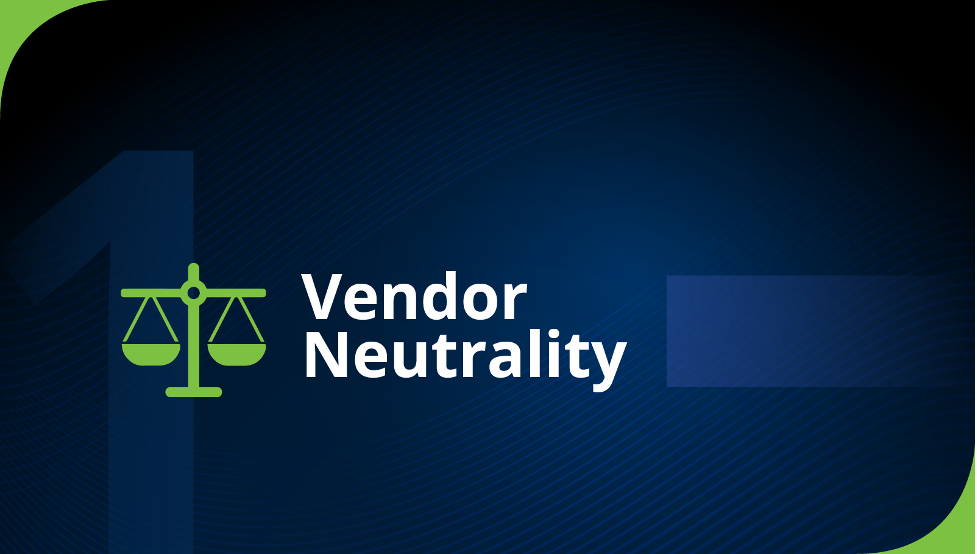
The VMS should be designed, developed, and supported by an organization whose business interests align with the health system.
Neutrality matters. A VMS owned by an agency or Managed Service Provider (MSP) is not vendor neutral. Its design and functionality are driven by the financial objectives of its owner(s), which don’t necessarily align with those of the hospital or health system. More likely than not, these non-neutral VMS platforms will favor that agency or MSP, even if it costs the hospital/health system in time or money.
Instead, the VMS technology that hospitals use should be created and continually supported by a pure-play technology firm whose sole business model is provisioning technology. In other words, their business incentive should be exclusive to serving the hospital or health system, NOT inherently incented to serving its own conflicting interests.
As Marc Fucci, a member of Hallmark Health Care Solutions’ Advisory Council and author of the white paper, The Flipside of MSP Staffing Models: Why the Stakes Are Too High to Ignore, says, “Companies that can prove or demonstrate a genuinely neutral approach to engaging the supply channel (i.e., nurses) are ultimately acting and behaving in the best interests of the caregivers, hospitals, and patients.”
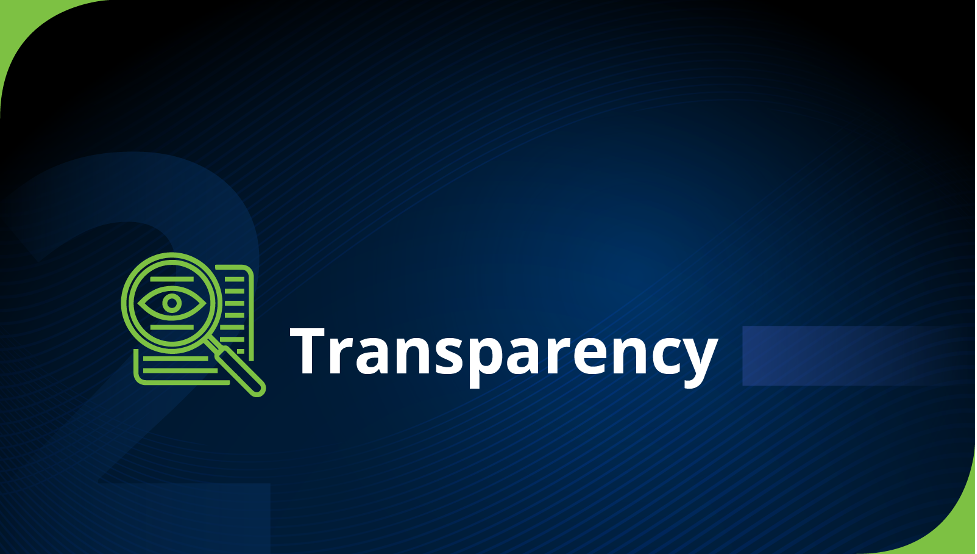
The VMS should be able to produce analytics and reporting around any data that is resident within the system, and all that data must be accessible to the hospital/health system.
One Michigan-based health system was spending millions annually on labor but had no idea where it was coming from or how costs broke down by location or department. “We needed to understand where we spend, how long we spend, and who are our biggest spenders,” says their Nurse Manager. “But before [Einstein II VMS], all that we ever received from our MSP was invoices.”
Health systems are only as successful as the decisions they make, and their decisions are only as good as the information they have. Clarity and transparency are critical factors in improving access to labor supply and increasing the likelihood of good-fit candidates being sourced and deployed quickly. A good VMS creates a single source of truth by aggregating all relevant information in one system and facilitating unrestricted bidirectional communications with agencies. This offers total visibility into onboarding workflow, credentialing, orientation, time management, invoicing, and more, as described by Hallmark Health Care Solutions’ Senior Vice President of Product and Partnerships Brandon Chamberland in the video below.
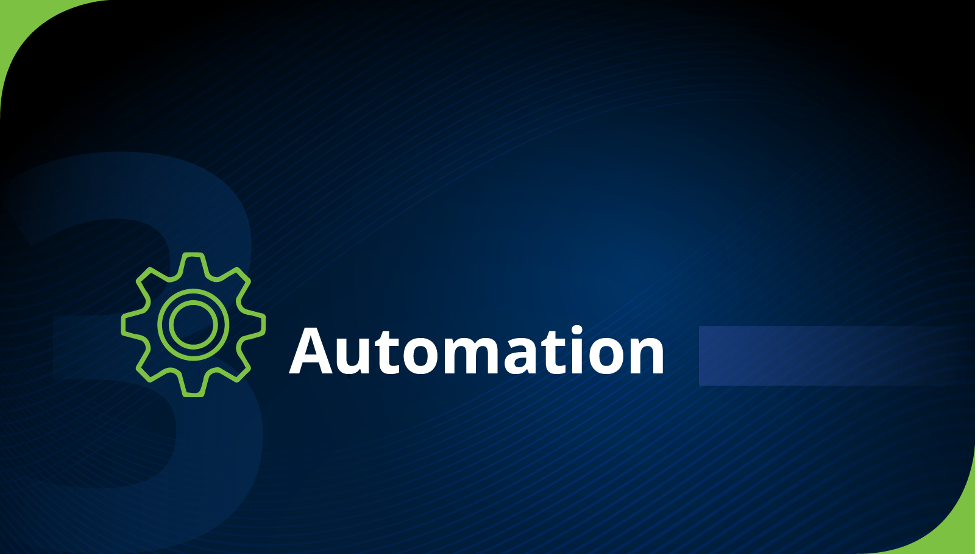
The VMS should tangibly reduce the burden of the staffing function by using automation and AI.
True or False: even with an in-house VMS, the hiring manager will still face a lot of back-and-forth that just adds to the already long hours the hospital’s staffing team spends on their duties. These efforts could include manually communicating with agencies or their MSP about open roles to communicate requirements, assess candidates, and schedule interviews, and more.
No! This is false. In fact, the right VMS will completely automate a huge portion of the hospital’s staffing workload.
The pure-play technology platform, Einstein II VMS, will virtually eliminate “smiling-and-dialing” for candidates. Instead, the system itself communicates with agencies and candidates via a variety of channels. It’s possible to coordinate and schedule interviews solely through the VMS, then and there, with no delays from intermediaries involving themselves in the process. Similarly, a high-quality VMS will automate the collection and analysis of required credentials and certifications. In fact, this function is so important, it’s detailed in factor #4 below.
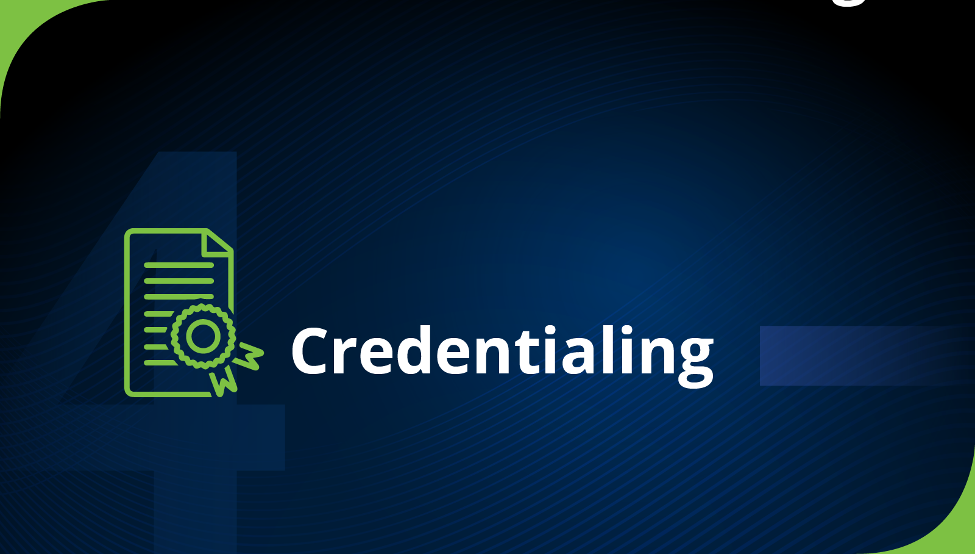
The VMS itself should shoulder much of the burden of collecting, storing and tracking candidate credentials.
Hospitals must maintain all the necessary credentials – including background checks, competencies, immunizations, certifications, drug screens, and more – for all the clinical staff they use. If the authorities come in and want to see the nurse’s file, it needs to be complete, up-to-date, and accurate. This process is normally labor-intensive and often error-ridden because it’s too easy for hospitals to miss expiring credentials or fail to check that the nurse possesses the necessary certifications before they’re deployed.
A good VMS solution will keep track of all the documentation in the system. In many cases, it can gather the information from agencies automatically, and it can generate automated alerts to the appropriate personnel when needed (e.g., when a certification is close to expiration, or when a nurse is deployed to a role or location where they lack the appropriate credentials).
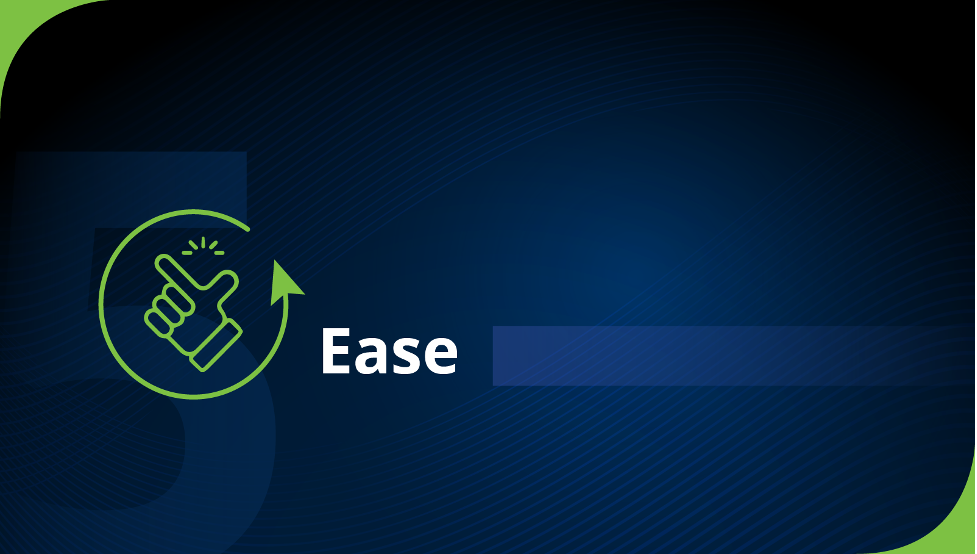
The VMS should be easy to easy and quick to deploy while facilitating, rather than inhibiting, improvements in the staffing function.
Last, but certainly not least, the VMS should be easy to implement and use. This is often the hospital’s or health system’s greatest fear: that managing and using the system will itself add to their workload, injecting added labor, cost, and frustration into an already challenging role.
A well-designed VMS, however, will do the opposite. As the Nurse Manager and EII VMS user from the aforementioned Michigan health system says, “The technology piece was one of the easiest parts of the change. The system we selected is a very open-ended, seamless form of software that catered to exactly what we needed.”
Be aware that the “ease” itself rests on some features that health systems might not know to consider. For example, interoperability with other systems, from HR systems and scheduling to payroll to compliance, is critical. Only by interfacing with all relevant systems can the VMS eliminate the need to manually transfer all information. Similarly, the VMS should be configurable to meet the health system’s specific needs, e.g., producing the exact reports they need or handling a range of different locations or regions.
Altogether, a system that can offer these five key features – like Einstein II VMS – can yield dramatic improvements in the overall workforce management function, all from a single portal over which the hospital or health system itself maintains total control.



